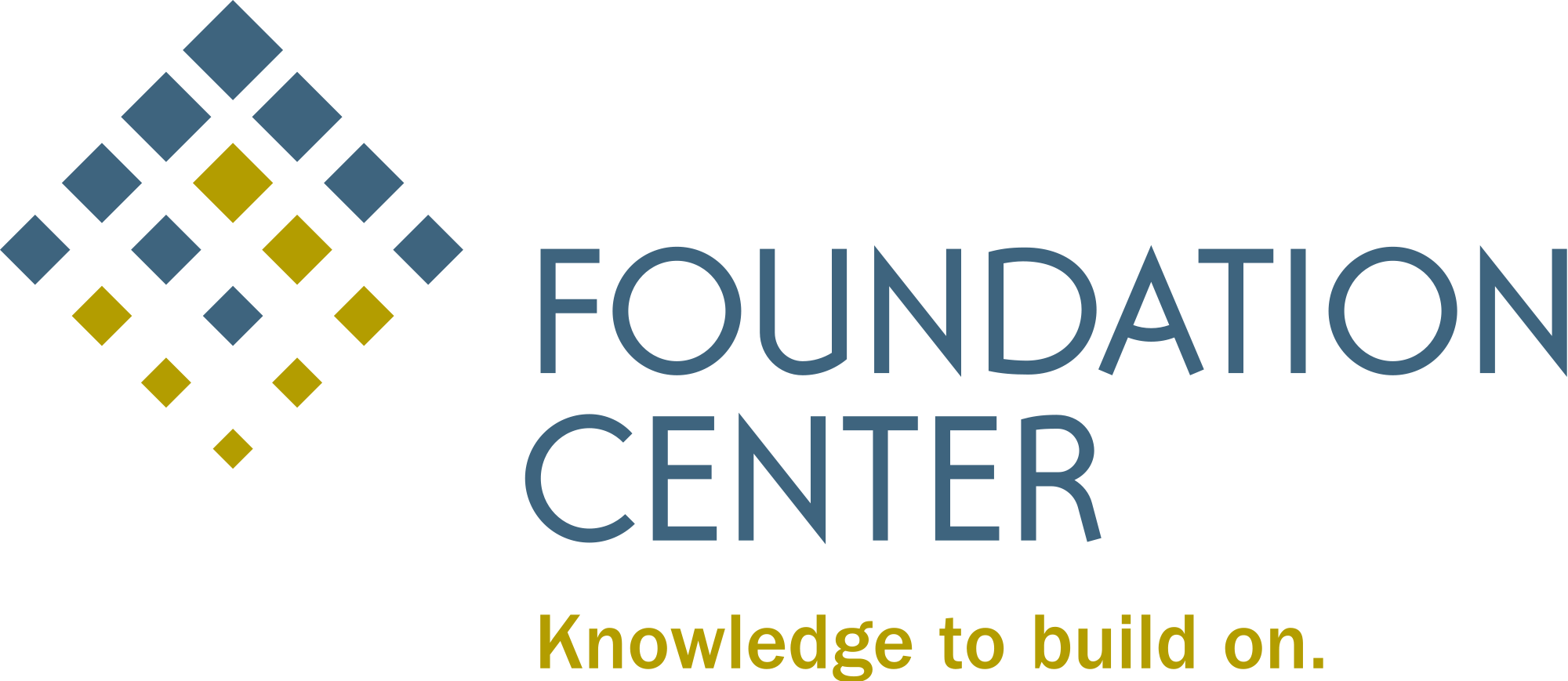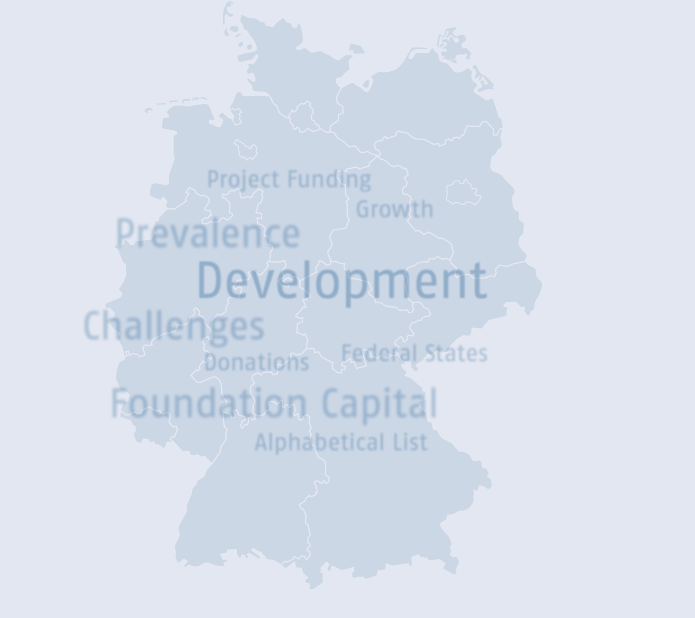Community foundations are a global phenomenon. The first community foundation, the Cleveland Foundation, was founded by Frederick Goff in Ohio over 100 years ago. The aim was to create a local and independent institution, run for and by citizens, which made charitable giving more effective. Today there are 789 US community foundations with combined assets of $82 billion according to Foundation Center estimates.
Today, there are more than 1,800 community foundations in over 50 countries. In Germany, in particular, community foundations or Bürgerstiftungen have developed very dynamically.
The first Bürgerstiftungen were founded in Gütersloh and Hannover in 1996 and 1997.
Over the last 20 years more than 400 Bürgerstiftungen have emerged in Germany with a combined endowment of 334 million Euros in 2016 and approximately 45,000 donors and volunteers.
Although the social, economical and legal context is very different, US and German community foundations pursue a similar agenda with both a local focus and international and transatlantic perspective.
This article compares US and German community foundations and gives an overview of five areas that are key to their work today.
Tackling social challenges
American society is politically and economically deeply divided; wealth is distributed more unequally than in any other industrial nation. Social class and race often determine people’s educational opportunities and socioeconomic status.
Many US community foundations advocate for equality and focus on increasing opportunities for children – from early childhood education to college scholarships, education reform, vocational training, drug prevention, mentoring and more.
During a speech at a gathering of community foundations in 2015, the sociologist Robert Putnam called for more social mobility: ‘You shouldn’t inherit your station in life’, Putnam said.
Equality of opportunity wasn’t ‘just some “nice-to-have”.’ It’s the essence of America. And that is what’s at risk here.’
Following Putnam’s speech, 40 community foundations sprang into action and started the Community Foundation Opportunity Network through which they campaign for more equality.
The network wants to increase awareness for the opportunity gap, advance solutions and create a national hub and voice around which other stakeholders convene.
In Germany, as in the US, community foundations have broad missions by definition, which allows them to react to a wide range of local needs. A funding priority for Bürgerstiftungen is education, followed by the arts and social issues.

Participants of the job qualification program for refugees of the community foundation Kehl with board members. Photo credit: Werner Kissel of Stiftung Aktive Bürgerschaft.
Since Germany has welcomed almost a million refugees in 2015, the integration of newcomers has become one of the main challenges.
Its success is fundamentally determined at the local level where many communities are still struggling with providing housing, education and other services for thousands of refugees.
Bürgerstiftungen make a huge contribution towards this goal: more than half support refugees and their integration, and one fifth mainly focus on their work with refugees.
They support refugees and volunteer helpers, raise funds, convene local stakeholders, initiate programs, educate the community about the situation of refugees and build bridges between locals and newcomers.
Many activities aim at including refugees: In every sixth activity they have been engaged as volunteers themselves.
Dealing with asset fluctuations
From their beginnings, US community foundations have placed an emphasis on growing their permanent endowments.
 Today 789 community foundations manage combined assets of $82 billion. As the state of the larger economy has led to lower investment returns, the asset growth rate has slowed and donors focus more on grant-making according to the Foundation Center.
Today 789 community foundations manage combined assets of $82 billion. As the state of the larger economy has led to lower investment returns, the asset growth rate has slowed and donors focus more on grant-making according to the Foundation Center.
There are two current trends that put pressure on community foundations. As shrinking public budgets have awakened a new interest in Donor Advised Funds (DAFs), some politicians question if individual donors should decide what to fund and whether DAFs deprive the communities of financial resources.
Also, community foundations are facing increased competition through the rising number of local non-profit organisations, online giving platforms, commercial charitable gift funds and giving circles.
However, community foundations try to buck this trend by advocacy and by strengthening their positions as local leaders.
The situation is more acute in Germany. Ever since the global financial crisis in 2007, interest rates have fallen continuously.

The community foundation Jena helps refugees and migrants to volunteer: Board member (left) and Volunteer. Photo credits Heidi Scheller, Bürgerstiftung Jena.
For Bürgerstiftungen this meant first and foremost a dip in their returns on investments, a trend they are trying to counteract by professionalising their asset management as well as increasing their fundraising efforts.
Despite the continuous low interest environment, Bürgerstiftungen have managed to grow their permanent endowments by 10 to 20 per cent annually in recent years.
On average, one fifth of a foundation’s assets have been donated as founding capital when the foundation was established, and the other four fifths have been donated in the years afterwards.
In Germany, low interest rates have triggered a debate among foundation experts about the large number of small foundations which have been labelled ‘non-performing and needy’: 29 per cent of all private foundations in Germany have an endowment of less than 100,000 Euros, and another 45 per cent manage less than one million Euros.
In comparison, community foundations do reasonably well during the low interest phase. Their model of combining the voluntary and financial engagement of many donors shows promise: Bürgerstiftungen may well be amongst the winners of the crisis.
Building donors and volunteers
Community foundations want to enhance and support financial and voluntary contributions. There are no figures showing the US-wide numbers of community foundation volunteers and donors. All community foundations have an honorary board, and most of them have at least one paid staff member.
As grant-making foundations, American community foundations are less dependent on volunteers than their German counterparts. However, there are individual community foundations which have up to 300 active volunteers working across the committees, boards, and in organising events.
The group of donors is large and has great potential. An estimate of the US Council on Foundations showed that in 2007, 49,000 donors had contributed funds towards DAFs managed by community foundations.
Today, there are many more. Four-fifths of the donors are also active board or committee members and support the community foundation through other financial means. Community foundations enhance donor engagement through regular training sessions and events.
The work of Bürgerstiftungen is anchored on voluntary commitment. Over 30,000 donors support their work. This support takes many forms including flow-through funding, giving to the unrestricted endowment or by establishing one’s own fund or trust managed by a community foundation.
In addition to the donors’ financial commitment there are 15,000 volunteers who donate their time and skills to work in projects, as committee members, and in the Bürgerstiftungen’s offices.
There are between 10 and 400 volunteers working for any one community foundation, and one in five Bürgerstiftungen is supported by paid staff. Though not yet common practice, paying staff to support the work is increasingly pursued by Bürgerstiftungen.
Some Bürgerstiftungen strengthen civil society not only through their own work, but by convening different local stakeholders and by providing training and capacity building for local charities.
Self-image
The roles of community foundations have been associated with community leaders, grantmakers and vehicles for philanthropy. Many US community foundations have traditionally put a strong emphasis on their function as partner and service provider for donors. Some manage up to 1,800 different component funds.
Emmett D. Carson of the Silicon Valley Community Foundation was one of the first to observe that ‘catering to donors’ needs’ did not necessarily go hand in hand with focusing on community needs.
He urged community foundations to find ways to develop their assets and engage donors within their grantmaking and leadership roles.
Nowadays, community foundations are focusing on their unique selling point: their knowledge and expertise around local challenges, their networks, their flexibility and their independence as ‘foundations by citizens for citizens’.
In their role as community leaders they can work out solutions for local challenges together with other stakeholders and promote civic and philanthropic engagement. In times of growing inequality, it is more important than ever for community foundations to engage their donors and connect them to the local needs.
In Germany, Bürgerstiftungen see themselves as independent foundations by citizens, for citizens.
They have a keen sense for social responsibility and civic engagement, particularly during times of tight public budgets.
The Stiftung Aktive Bürgerschaft commissioned a representative public survey about Bürgerstiftungen in 2016.
The results showed that Bürgerstiftungen are not (yet) being perceived as a partner for donors. Bürgerstiftungen have yet to establish themselves as a platform for individual philanthropic engagement.
Currently, only one in three Bürgerstiftungen actively offers its donors giving vehicles such as donor advised funds. However, this trend is growing.
National standards and umbrella bodies
In the late 1990s, the US community foundations began to develop voluntary, self-regulatory National Standards for ‘operationally and legally sound community foundations’.
Today, the National Standards Board, run by representatives of community foundations together with the Council on Foundations, is the accrediting body for community foundations.
Community foundations seeking accreditation hand in a range of documents: bylaws, financial statements, grant agreements, fund agreements, compliance regulations and whistle-blower policies to name a few. Maybe due to the laborious process only 500 of 800 community foundations have received accreditation.
There is no national umbrella organisation for community foundations; they receive support through the Council on Foundations as well as regional networks, private foundations and other initiatives, some of which have been initiated by the community foundations themselves.
The situation is different in Germany where there are two support organisations: Stiftung Aktive Bürgerschaft and the Initiative Bürgerstiftungen of the Association of German Foundations.
Stiftung Aktive Buergerschaft has supported the development of community foundations in Germany since 2000 in order to strengthen the resources of civil society.
The general basis for the work of community foundations are the ‘10 Characteristics of a Community Foundation’. They define whether a community foundation complies with the standards as an ‘independent, autonomous, non-profit foundation of citizens for citizens’.
The growing popularity of Bürgerstiftungen comes with a catch: There is an increasing number of community foundations that call themselves Bürgerstiftungen and benefit from the name without adhering to the standards.
Into the future
After 100 years of community foundations in the US, and 20 years Bürgerstiftungen in Germany, the concept of a ‘foundation by citizens for citizens’ has been firmly established in both countries. These commonalities are the basis for a fruitful exchange of ideas and experiences as community foundations navigate pressing social challenges and enter a new phase of development.
About the authors
Christiane Biedermann is a programme director at Stiftung Aktive Bürgerschaft. Christiane.biedermann@aktive-buergerschaft.de
Bernadette Hellmann is a programme director at Stiftung Aktive Bürgerschaft . bernadettehellmann@hotmail.com
Dr. Stefan Nährlich, is chief executive of Stiftung Aktive Bürgerschaft stefan.naehrlich@aktive-buergerschaft.de
Further reading:
Council on Foundations. National Standards Website, 2016. http://cfstandards.org/
Foundation Center. Community Foundation Statistics 2014, 2014. http://data.foundationcenter.org/#/foundations/community/nationwide/total/list/2014
Stiftung Aktive Bürgerschaft. Report Bürgerstiftungen. Fakten und Trends 2016, 2016.












Comments (0)